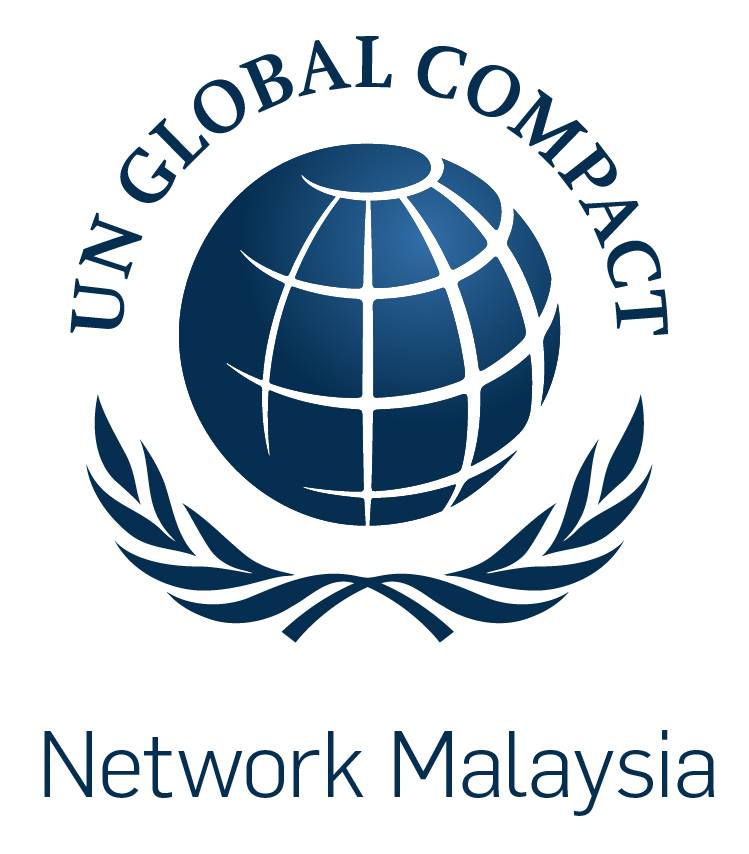The Role of Businesses in Ensuring Sustainable Cities and Communities
The Role of Businesses in Ensuring Sustainable Cities and Communities

(Article by UNGC)
More than half of the world’s population lives in urban areas, and the number is assumed to increase to two thirds by 2050. Cities are centers of commerce, generating more than 80 percent of global GDP, and play an essential role in advancing productivity needed for economic development. Urbanization can make it easier to place the required infrastructure for essential services such as grid-connected energy, water and sanitation. However, urbanization also causes vast challenges. All over the world, cities are confronting critical levels of air pollution. Many cities in developing countries face rapidly growing numbers leading to slum dwellers and unplanned urban sprawl as infrastructure provision has not kept pace with population growth. Much of this urban sprawl is in geographies vulnerable to disasters, risks magnified by climate change. These challenges call for better urban planning and management to make the world’s urban spaces more inclusive, safe, resilient and sustainable.
Businesses are core to the development of cities, livelihood, and services to urban populations. They are well positioned to deliver on Goal 11’s promise of universal access to quality housing, transport, green and heritage sites, in collaboration with Governments and municipalities
Leading companies can contribute to Goal 11 through research, development, and deployment of products and services that improve access to resilient buildings, transport, green spaces, and utilities including electricity, water, and waste management services. Businesses can also leverage their convening power and expertise to protect and invest in cultural and natural heritage. Further, they can play a central role in supporting access to essential services across the workplace, marketplace and community.
State of Urbanisation and Sustainable-city Development in Malaysia
- The urban population for Malaysia was 77.2% in 2020, as compared to 76.6% in 2019, and this number is growing at an average annual rate of 1.67%.
- Over 90% of national economic activity is conducted in cities.
- In Malaysia, the increase in GHG emissions in cities has been further aggravated by rapid urbanization and industrialization (7% per annum), relatively high carbon intensity dependence on fossil fuels and coal, and poor public transportation system and high demand of mobility caused rapid increase of cars compared to population growth.
- The ASEAN Smart Cities Network (ASCN) was established in 2018 as a collaborative platform to synergise governments and the private sector’s efforts to build smart and resilient cities in the region.
The next section of this article provides a 5-step blueprint for benchmark leadership qualities, as well as a framework for business action which helps corporates advance SDG 11.
Do your actions satisfy leadership qualities?
1. Intentionality
- Is your company committed to supporting the achievement of Goal 11? Have you developed a holistic strategy that reflects this commitment, covering end-to-end operation and the wider community?
- Are you committed to learn from your actions and do you have processes in place to improve them accordingly?
- Is your strategy supported by the highest levels of management, including the Board of Directors?
2. Ambition
- Do your actions achieve long-term outcomes that greatly exceed those resulting from current industry practice?
- Are your actions aligned with what is needed to achieve Goal 11?
3. Consistency
- Is support for Goal 11 embedded across all organizational functions?
- Are staff and board incentives aligned with achieving Goal 11?
4. Collaboration
- Do you proactively look for opportunities to partner with Governments, UN agencies, suppliers, civil society organizations, industry peers and other stakeholders to inform how to advance Goal 11?
4. Accountability
- Do you publicly express your commitment to advance Goal 11?
- Do you identify, monitor, and report on impacts, including potentially adverse impacts?
- Do you mitigate risks associated with your action?
- Do you remediate negative impacts associated with this action?
- Do you engage stakeholders in a meaningful way?
Framework for Business Action
Business Action 1: Research, develop, and deploy products and services that improve access to resilient buildings, transport, green spaces, and utilities
Businesses own property, develop physical assets, and offer services throughout the urban space, positioning them to have a large role in shaping sustainable urban areas and connecting residents to essential services. All businesses are expected to show that urban projects do not negatively impact the environment and social assets. In the construction sector, business leadership can include developing and delivering resilient infrastructure, buildings, and materials that maximize mobility and access to green space while minimizing resource use, pollution, and negative impacts on vulnerable groups in society. This would include reducing the impacts of infrastructure projects’ end-of-life. Given the challenge of sustainable urbanization in developing countries, in particular, leading companies would seek out ways to tailor products and services for use in these areas.
Example Practice
- A financial institution partners with city government to structure and launch a green bond to attract investment for sustainable infrastructure within city region
Business Action 2: Protect and invest in cultural and natural heritage
Cultural and natural heritage sites provide livelihoods for local communities and valuable educational and recreational experiences for visitors. All businesses should, at a minimum, identify the impacts of their operations on cultural and natural heritage assets, including through using environmental impact assessments. Leading businesses leverage their reach, expertise, and resources to connect residents and visitors to heritage assets to ensure their preservation and enhancement. This could include investing in environmental protection, supporting museums, and creating transport infrastructure in communities surrounding own and supply chain operations. They could lead through implementation of policies and practices that factor natural capital and cultural heritage into corporate decision making, including physical design and building the capacity of suppliers to do the same.
Example Practice
- A property developer designs and manages a business park around natural features to preserve natural ecosystems and existing habitats, as well as ancient land structures
Business Action 3: Support access to essential services across the workplace, marketplace, and community
In many communities, essential services such as education, housing, and healthcare may not be available or may not be of sufficient quality. Leading companies can take action to ensure that employees across their operations and the supply chain have access to quality essential services by directly providing those services in places where they are not available. They can also design and market affordable and accessible services that reach beyond their employees to address gaps in service provision in the communities surrounding their operations. Further, they can provide access to green spaces across the workplace, marketplace, and community. In all cases, leading companies take care not to interfere with existing initiatives from Governments and others by consulting all relevant stakeholders to understand where they might complement them.
Example Practice
- An insurance company works on an app that would connect women in danger or in need to the nearest police station, hospitals, banks, law and order institutions, and vocational training institutes. The app aims to empower women and promote gender equality locally.
As the social and environmental impact of rapid urbanisation increases, businesses can benefit from opportunities to develop more connected, resilient and sustainable urban areas. Benefits of more sustainable cities and communities include a healthier, more productive workforce, and improved labour market functioning and market access due to better transport links.
By improving mobility and reducing pollution, developing more sustainable cities will contribute to the SDGs related to health (Goal 3), education (Goal 4), sustainable energy (Goal 7), decent work (Goal 8) and equality (Goals 5 and 10). Life on land (Goal 15) and climate action (Goal 13) can be positively impacted by ensuring that urban areas have a reduced environmental footprint. While investment in sustainable cities will improve their residents’ quality of life, it may also have negative impacts on housing affordability, the tax burden, and accelerated urban migration. This may lead to pressures on employment (Goal 8), food (Goal 11), water (Goal 6) and peace (Goal 16). Leading companies which contribute inclusive, sustainable infrastructure that manages these risks can deliver prosperity and stability for the nation.



